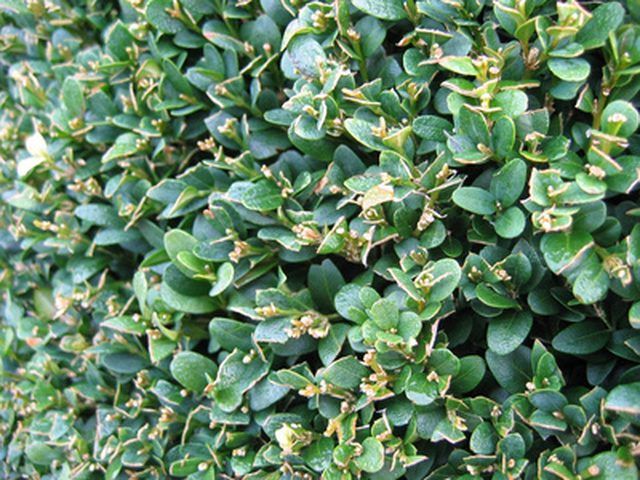Bulbs
Flower Basics
Flower Beds & Specialty Gardens
Flower Garden
Garden Furniture
Garden Gnomes
Garden Seeds
Garden Sheds
Garden Statues
Garden Tools & Supplies
Gardening Basics
Green & Organic
Groundcovers & Vines
Growing Annuals
Growing Basil
Growing Beans
Growing Berries
Growing Blueberries
Growing Cactus
Growing Corn
Growing Cotton
Growing Edibles
Growing Flowers
Growing Garlic
Growing Grapes
Growing Grass
Growing Herbs
Growing Jasmine
Growing Mint
Growing Mushrooms
Orchids
Growing Peanuts
Growing Perennials
Growing Plants
Growing Rosemary
Growing Roses
Growing Strawberries
Growing Sunflowers
Growing Thyme
Growing Tomatoes
Growing Tulips
Growing Vegetables
Herb Basics
Herb Garden
Indoor Growing
Landscaping Basics
Landscaping Patios
Landscaping Plants
Landscaping Shrubs
Landscaping Trees
Landscaping Walks & Pathways
Lawn Basics
Lawn Maintenance
Lawn Mowers
Lawn Ornaments
Lawn Planting
Lawn Tools
Outdoor Growing
Overall Landscape Planning
Pests, Weeds & Problems
Plant Basics
Rock Garden
Rose Garden
Shrubs
Soil
Specialty Gardens
Trees
Vegetable Garden
Yard Maintenance
How to Propagate Privet Hedge Cuttings
How to Propagate Privet Hedge Cuttings. Privet is the common name given to several varieties of shrubs in the ligustrum family. Two popular varieties are Japanese privet (Ligustrum japonica) and Chinese privet (Ligustrum sinense). Privets have glossy, dark green leaves and produce strongly scented white flowers in the spring. The leaves grow...

Privet is the common name given to several varieties of shrubs in the ligustrum family. Two popular varieties are Japanese privet (Ligustrum japonica) and Chinese privet (Ligustrum sinense). Privets have glossy, dark green leaves and produce strongly scented white flowers in the spring. The leaves grow thickly and close together, forming a dense shrub that can be trimmed into shapes or left to form a thick wall.
Things You'll Need
Garden clippers
Rooting hormone
Stick or pencil
Potting soil
Pots
Water
Plastic bags
Fill pots with a general purpose potting soil. Fill one pot per planting.
Cut off a 10- to 12-inch section of a privet branch. The best cuttings are the tips of growing branches. Take the cuttings in spring for the best results.
Strip the leaves from the bottom six inches of the cutting.
Dip the end of the cutting in water, then in the rooting hormone. The rooting hormone powder will stick to the cutting.
Poke a hole in the soil at least 6 inches deep with the pencil or stick. Insert the cutting in the hole and firm the soil around it.
Water the soil to dampen thoroughly. Cover the pot with a plastic bag and set in a protected location outside or inside.
Keep the soil damp and the cutting covered until you notice new growth at the end of the cutting; typically up to six weeks. At the end of six weeks, remove the plastic bag.
Keep the cutting in the pots for several months to allow roots to fully develop. Keep the soil moist but not soggy. In early fall, transplant the cuttings into the garden.